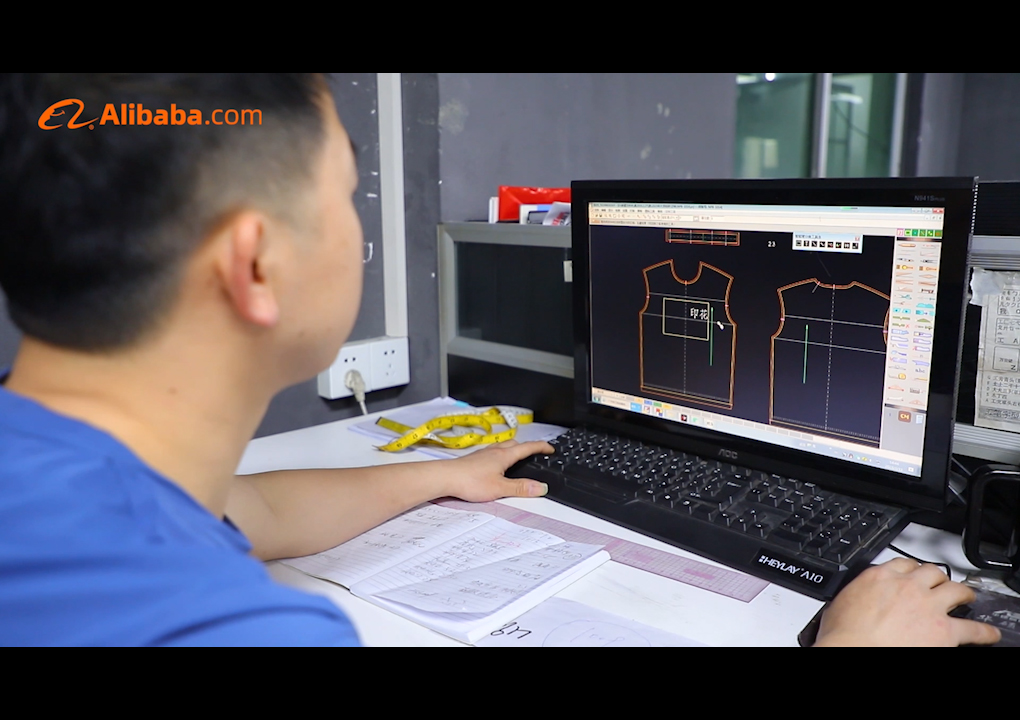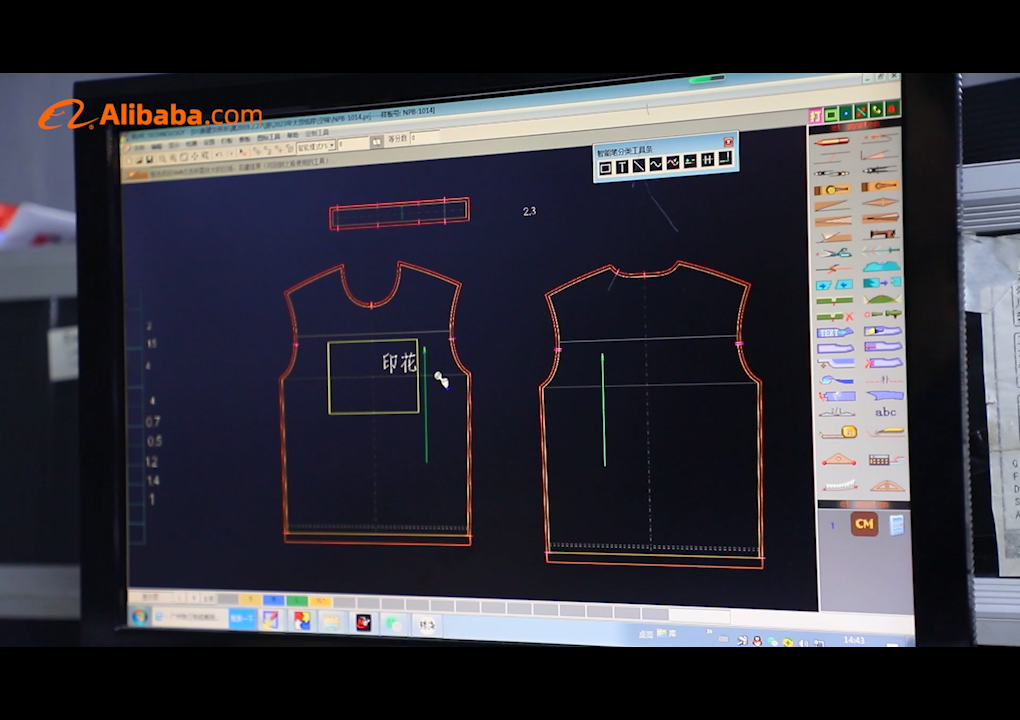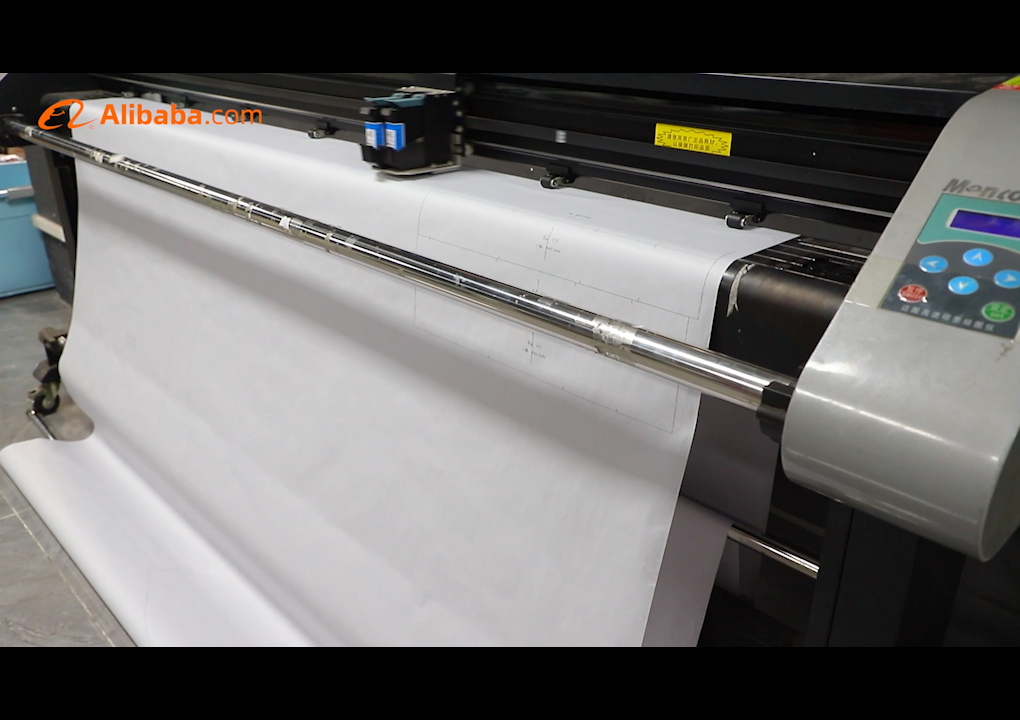Garment Production Process: Pattern Making
Pattern making in garment production is the process of creating a physical model from a designer’s paper pattern.
What is pattern making?
Pattern making in garment production is the process of creating a physical model from a designer’s paper pattern. After the designer’s design drawing is converted to a paper pattern, the pattern needs to be corrected to ensure it matches the design, and then enlarged to actual size. During this process, the thickness and hardness of the fabric, as well as the garment’s structure and desired effects, need to be taken into consideration.
Next, the pattern maker needs to convert the paper pattern into a digital file and further design and correct it using CAD software. During the digitization process, the pattern maker tries to minimize waste while considering ways to reduce fabric waste. Ultimately, the pattern maker needs to produce a perfect pattern to ensure accuracy and efficiency in garment production and to achieve the designer’s vision.
The importance of pattern makers
Pattern makers play a crucial role in garment production, and their work directly affects the quality, efficiency, and cost of the garments.
Their main responsibility is to translate a designer’s sketch or computer drawing into a physical sample and prepare various templates necessary for production. Pattern makers need to understand the characteristics of garment design, textiles, and materials, as well as the technology and techniques involved in pattern making and cutting. They need to use computer-aided design software (CAD) to create templates and use their own professional skills and experience to solve various problems.


Profoudgarment employs many professional pattern makers, each with more than 10 years of experience. Our high standards ensure the quality of our clients’ products and the realization of their designs. Contact us to start your project, and we will arrange experts to assist you.
Steps in garment production pattern making:
Communicate
First, the pattern maker needs to communicate with the designer and understand the designer’s ideas and creativity. The pattern maker needs to know the specific requirements of the design, including garment style, size, material, and color.
Making the initial pattern
Based on the designer’s sketch or design drawing, the pattern maker needs to make an initial pattern. The initial pattern needs to meticulously and accurately record the size, shape, and lines of each part, in order to make a garment sample that meets the design requirements.
Correction and modification
The pattern maker needs to correct and modify the initial pattern. By analyzing the initial pattern, the pattern maker can identify issues and make improvements to ensure that the garment sample meets the design requirements. Correction and modification may need to be done multiple times until the desired effect is achieved.

Making the final pattern
After correction and modification are completed, the pattern maker needs to make the final pattern. The final pattern needs to be more accurate than the initial pattern, to ensure the quality and size accuracy of the garment sample.
Making the sample
Based on the final pattern, the pattern maker needs to make one or more garment samples. The samples need to be consistent with the design requirements, and adjustments and modifications need to be made to achieve the best effect.
Completing the pattern
After repeated correction and modification, when the garment sample meets the requirements, the pattern maker can archive the pattern file for future production or modification use.